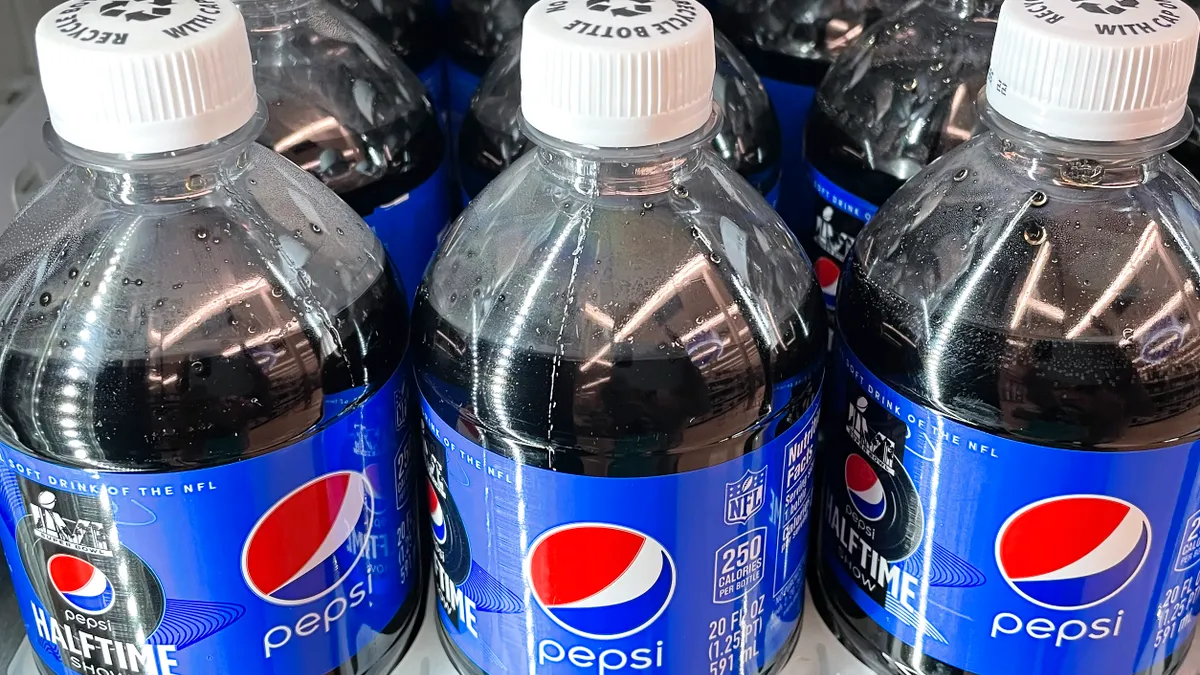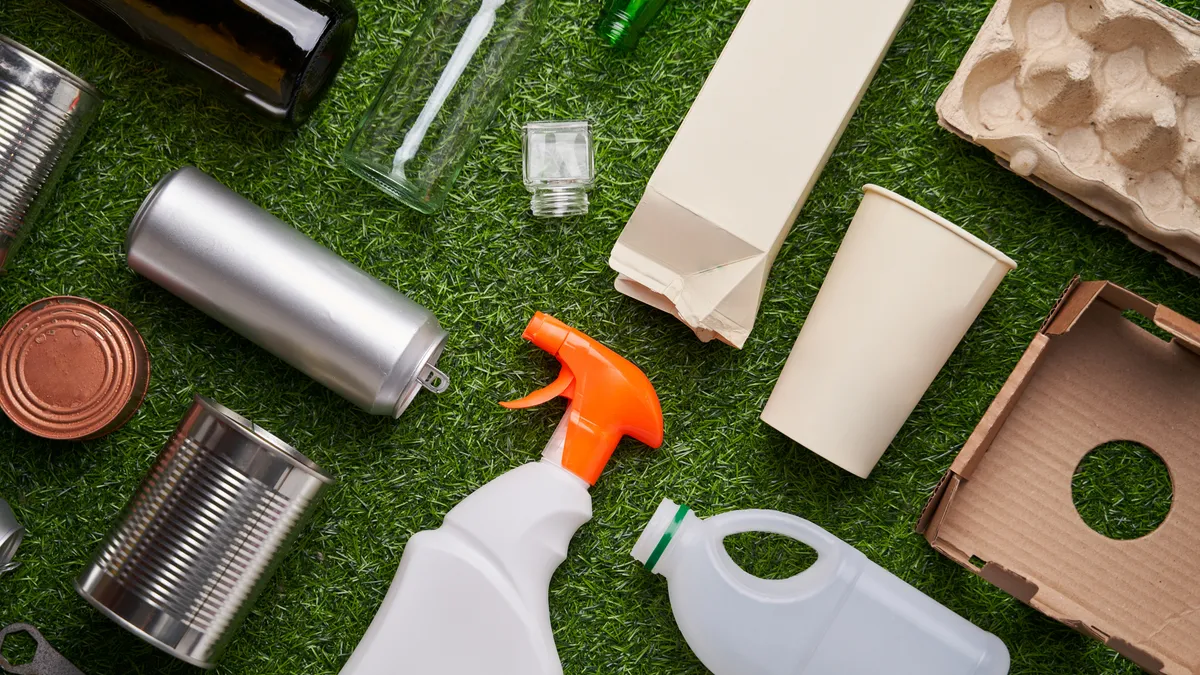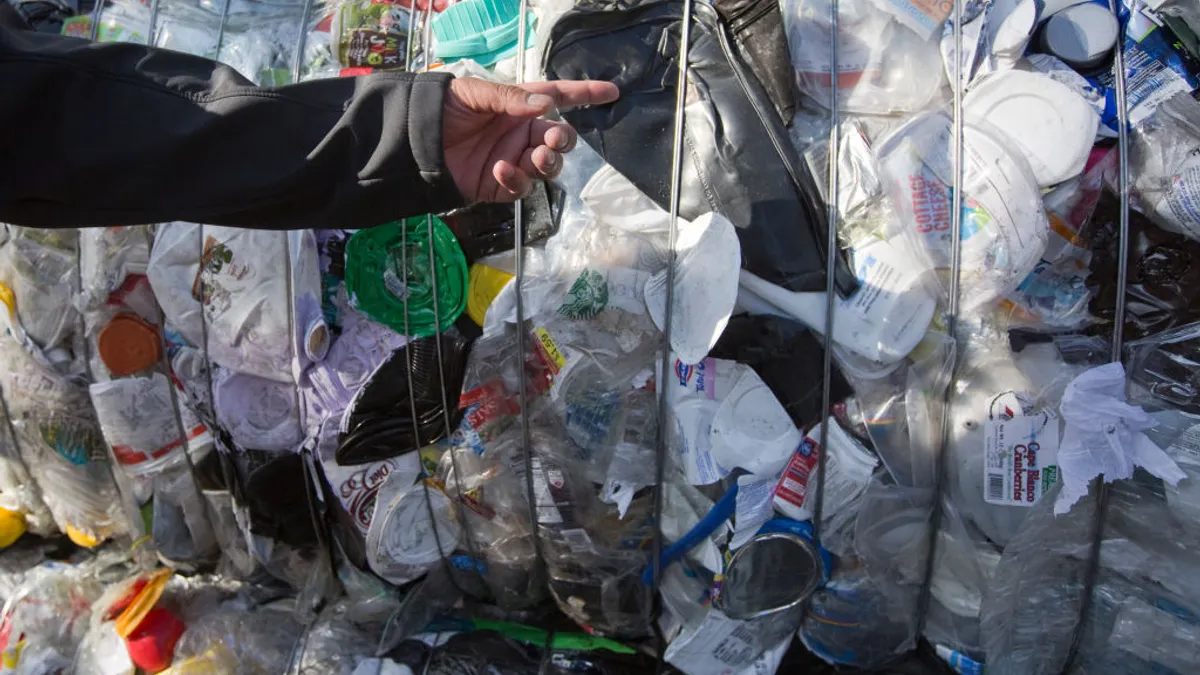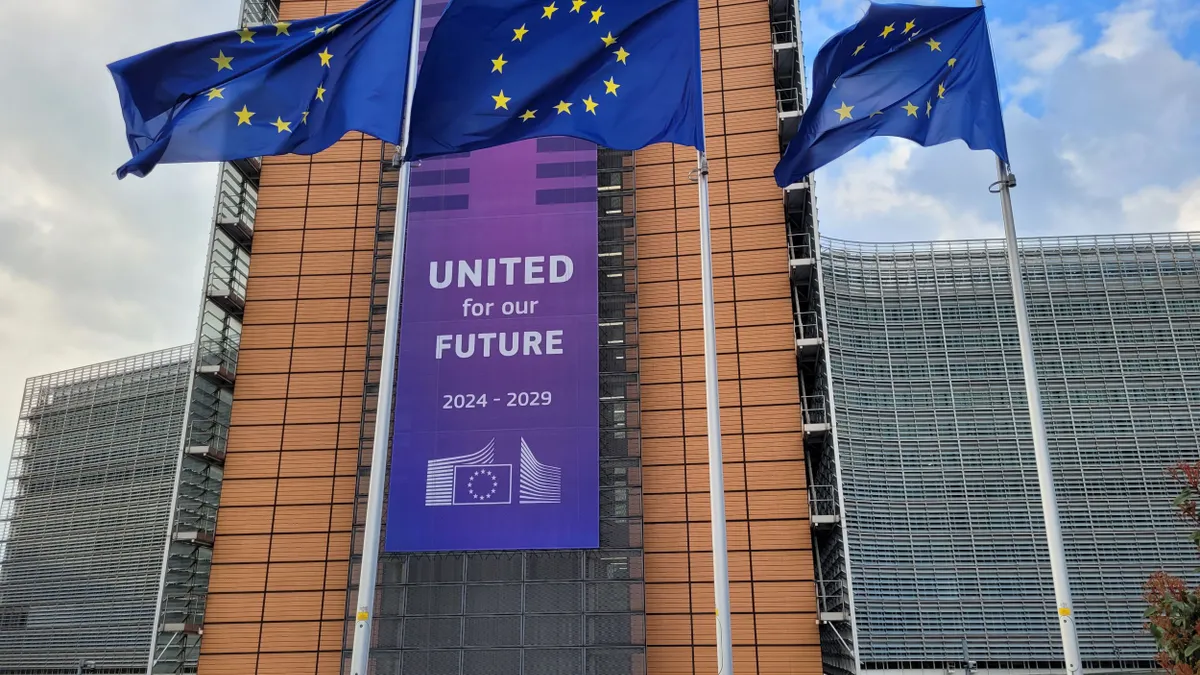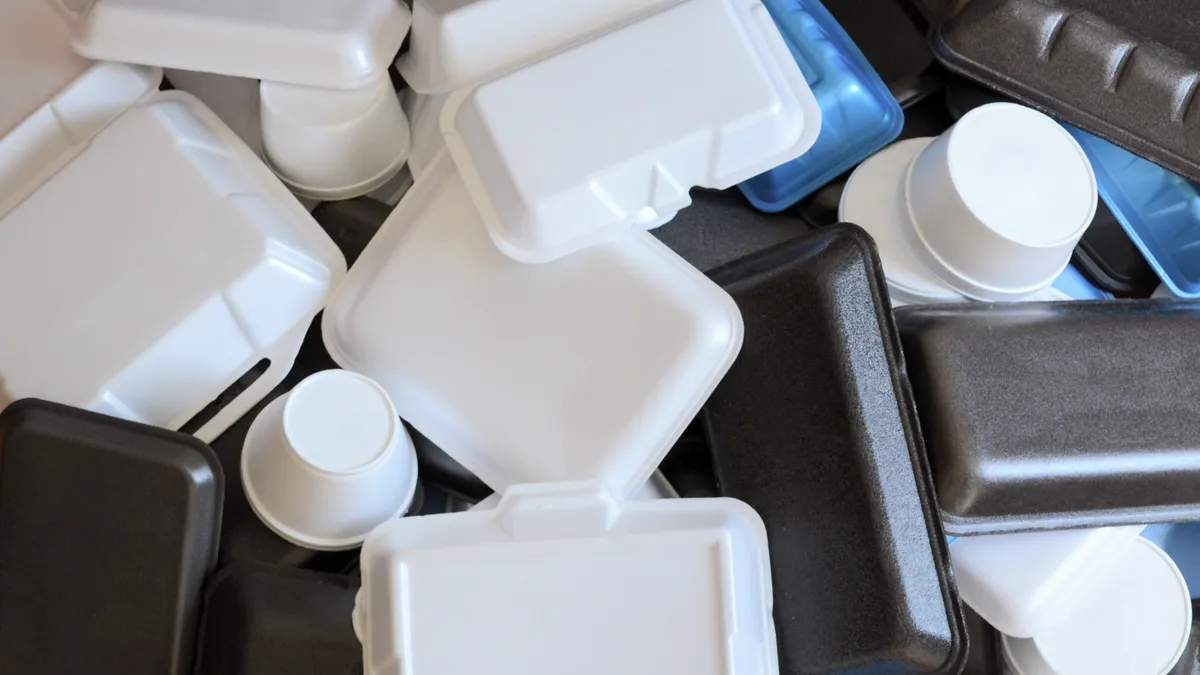Big-name brands and their trade groups recently made their stances heard on the U.S. EPA’s Draft National Strategy to Prevent Plastic Pollution. EPA aims to eliminate the release of plastic waste from land-based sources into the environment by 2040; empty beverage bottles, snack wrappers and other consumer products make up a notable share of what can wind up as litter.
CPGs weighed in on investigating policies to improve materials management, defining key terms like “single-use,” adjusting recycled content policies, research goals and more.
Read more below on brands’ recommendations and catch up on how packaging trade groups responded to EPA’s ideas.
Pepsi
PepsiCo, whose product offerings extend beyond soft drinks to many food and snack brands, commented on topics including reducing pollution during plastic production and improving post-use materials management.
The company said it supports harmonized approaches across the EPA, Federal Trade Commission and other agencies. When defining “single-use,” Pepsi recommends “using a materials management frame of how packaging performs in the recycling system.” Pepsi advocates for “advanced recycling” to continue to be allowed as an alternative to landfilling, and that recycled content or reuse systems that minimize or avoid single-use plastics be included in how virgin plastic reduction is defined. Pepsi wants definitions to “incentivize and reward all of forms of innovation” that spur adoption of reuse.
Pepsi said it’s a “strong supporter” of “well-constructed” extended producer responsibility programs, which it envisions as a system where producers of products found in waste and recycling streams share responsibility.
“PepsiCo participates in EPR programs throughout the world and has learned through years of experience how to maximize program efficiency and strong environmental outcomes,” the company wrote. To improve post-use materials management, Pepsi’s recommendations included considering life cycle assessment data to guide decision-making, more government research and investment in reuse and composting infrastructure, and excluding litter from this strategy’s scope “because it is heavily dependent on consumer behavior and unable to be controlled by EPA regulatory authority.”
Consumer Brands Association
The trade association of the consumer-packaged goods industry, representing more than 2,000 brands, called for collaboration with the U.S. Food and Drug Administration on research into the safety and efficacy of postconsumer recycled materials in food packaging.
“It is essential that the EPA coordinate its work alongside the FDA to expeditiously collect, review, and publish data analyzing the safe conditions of use, limitations, and availability of food grade PCR materials, including an analysis of existing infrastructure and supply chain needs,” CBA wrote.
CBA also calls for reviewing the impact of resin identification codes — which were not originally intended as a recyclability indicator — on consumer confusion. That issue has come up in discussion of how to update the Green Guides, which are the FTC’s guidance for industry on the use of environmental marketing claims.
CBA recommended that EPA build out its implementation of the National Recycling Strategy, which was released in 2021. “Standardizing recycling definitions, measures, targets, and performance indicators will support effective consumer recycling education on a national level, and combat consumer confusion, thus enabling an effective recycling system,” the group wrote. “Conversely, a lack of standardization and a consistent use of recycling definitions presents challenges for consumers and companies amid differing systems.”
CBA stated that EPA can play a role in promoting harmonization across sustainability initiatives and requirements, and collaborate on the Green Guides review. Additionally, on the issue of PCR, “it is essential that pre-existing laws and guidance are reviewed to ensure they are conducive to its use in the marketplace,” CBA wrote. “Currently, significant barriers to the incorporation of PCR into product packaging are present in outdated policy and guidance at the federal level.”
American Beverage
The American Beverage Association, whose members include major bottlers and producers, laid out four recommended areas of work for EPA.
One is to establish a single-use definition to differentiate high-value from unnecessary and problematic materials, with American Beverage calling glass and aluminum packaging “valuable commodities” whose retention and circularity EPA should help promote.
In another recommendation, the organization supported EPA’s plans to investigate the effectiveness of different versions of EPR and deposit return schemes. Defining EPR should be based on a “producer-run model that shifts the onus of residential recycling from taxpayers and municipalities to the producers who put packaging and printed paper on the market,” relying on “producer accountability and flexibility to meet targets, as well as government oversight and feedback from an advisory board made up of priority stakeholders.” All funds must remain in the system to support its implementation and improvements, ABA wrote.
American Beverage also said it supports further study of emerging reuse and refill approaches to reduce the domestic plastic footprint. Emphasis should be on reuse/refill systems with factors that promote innovation, minimize costs and consumer burden and prioritize environmental, health and equity objectives.
Lastly, the organization said it supports funding and technical assistance toward improving recycling as well as trash capture and cleanup initiatives.
US Plastics Pact
The US Plastics Pact is a nonprofit public-private partnership, but its participant list includes numerous major CPGs, such as Unilever, Clorox, Coca-Cola, General Mills and many others. Its high-level comments to EPA include connecting the importance of environmental justice to a circular economy, as well as managing, collecting and assessing necessary national data sets to inform decision-making.
USPP said that EPA must draft a vision to guide the strategy, and that it must define commonly used but critical terms including “single-use,” “unrecyclable” and “chemical recycling,” among others. The group urges EPA to harmonize work across the U.S. — “not duplicate efforts” — including on proposed studies. Likewise, USPP believes that EPA should facilitate a bottom-up rather than top-down approach for identifying communities’ recycling and reuse needs, and then supporting investment in infrastructure.



